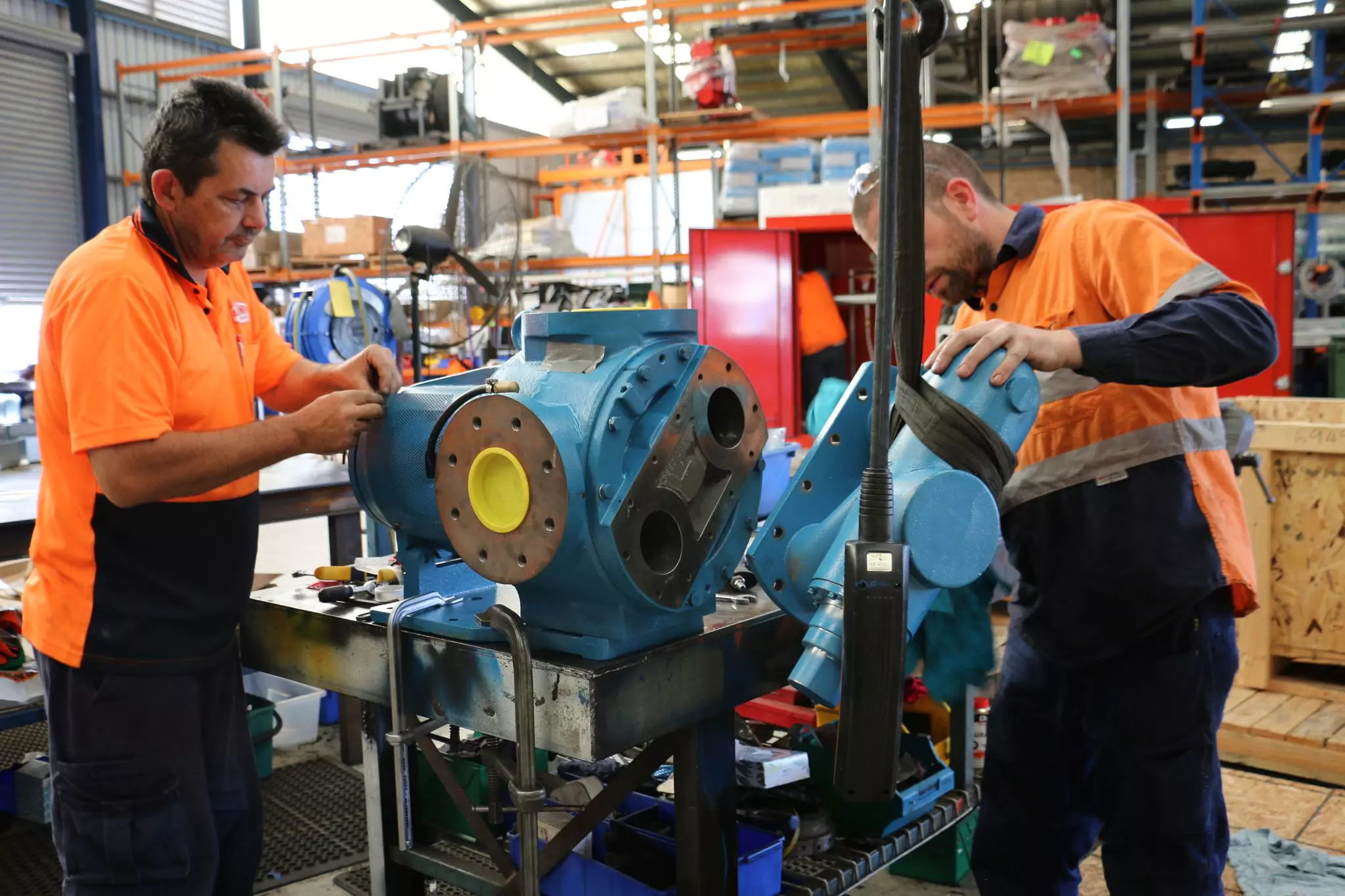
You’ll enjoy the All-Pumps experience. We’re certain.
Maintenance Capabilities
Maintenance Capabilities
Resources
Eccentric disc technology has gained legendary status in Western Europe as the pump style that measures its success over decades rather than just years. One specific eccentric disc pump style that was introduced in 1965 boasts the type of robustness that has led to tens of thousands of units sold in Western Europe alone. Many of these units have provided 30 or 40 years of service with virtually no maintenance. While this technology has forged a readily acknowledged reputation for unmatched durability in these markets, that reputation remained somewhat of a Western European secret for many years.
But over time, word has spread about the value of this technology in a variety of applications, and as commerce traditionally dictates, supply eventually needs to meet growing global demand. The pumping technology, eccentric disc, is the vision of French engineer Andre Petit. He had been working in gold mines when he took a closer look at the prevailing processes for transferring water and other liquids out of the mine and set out to improve upon them, which he did with the invention of eccentric disc technology for pump operations in 1906. To improve these operations, Petit first needed to improve upon existing pump-design inefficiencies.
An eccentric disc pump consists of a cylinder and a pumping element mounted on an eccentric shaft. As the eccentric shaft rotates, the pumping element creates chambers with the cylinder. This has the effect of increasing the size of the intake port and drawing fluid into the pumping chamber. The fluid is transported to the discharge port where the size of the pumping chamber decreases. The action squeezes the fluid out into the discharge pipe work. However, its action is far more sensitive making it ideally suited to applications where shear and potential leakage are major issues.